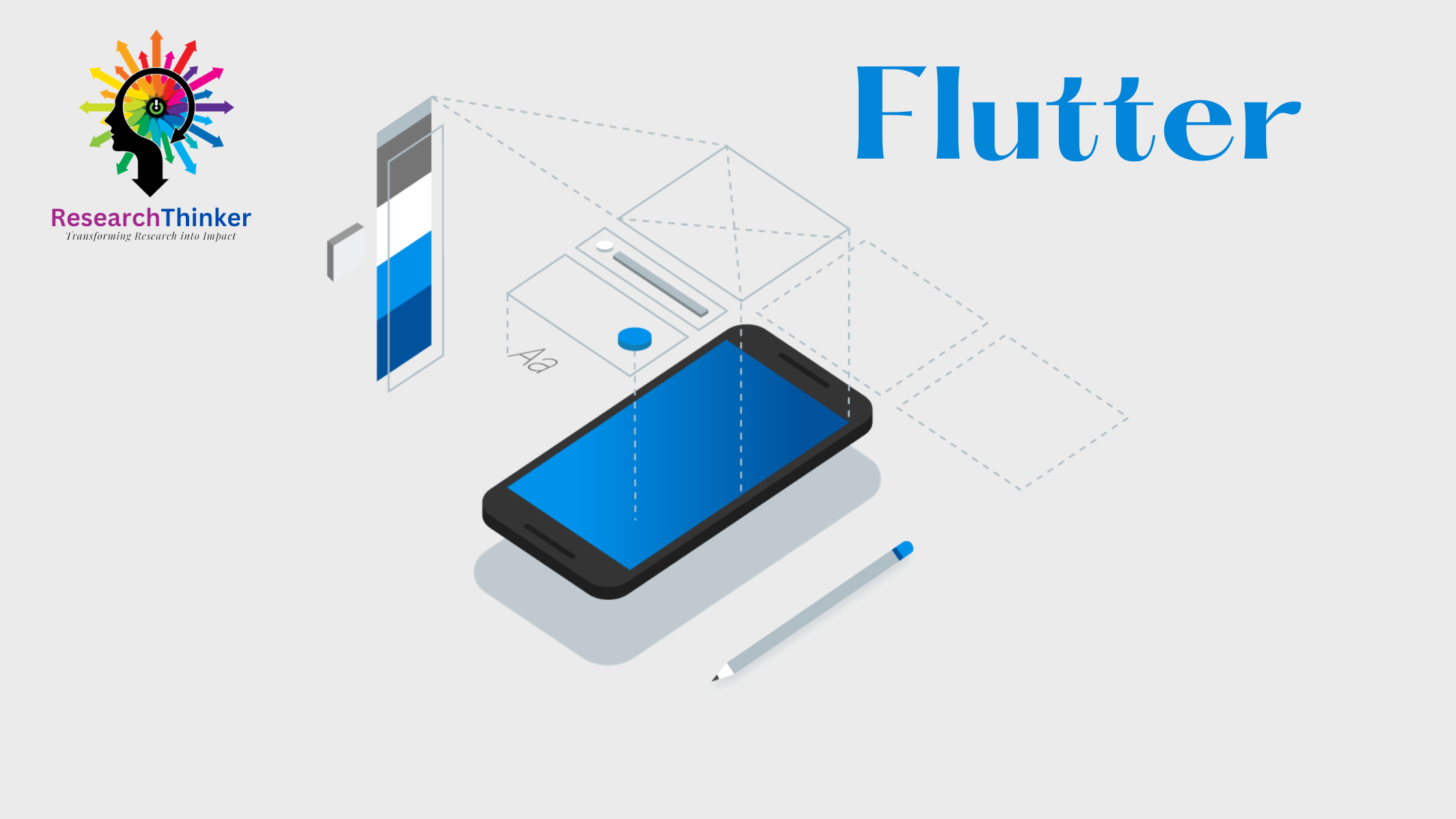The concept of Flutter revolves around the idea of creating beautiful, high-performance, and cross-platform user interfaces (UIs) using a single codebase. Here are the key concepts that define Flutter:
Single code Support Multiple Platform
Flutter support Android, iOS, Web, Desktop, Linux, Window
- Widget-based UI: Flutter follows a widget-based approach, where the entire UI is built using widgets. Widgets are the building blocks of Flutter applications, representing the UI elements such as buttons, text fields, images, and more. Flutter provides a rich set of pre-built widgets and allows developers to create their own custom widgets.
- Declarative UI Programming: Flutter adopts a declarative UI programming paradigm, where the UI is described using a widget tree. Instead of directly manipulating the UI elements, developers define the desired UI structure and Flutter takes care of rendering and updating the UI based on the widget tree. This simplifies UI development and makes the code more readable and maintainable.
- Hot Reload: One of the key features of Flutter is its hot reload capability. Hot reload allows developers to make changes in the code and see the results almost instantly in the running app, without having to restart the entire app. This rapid feedback loop speeds up the development process, facilitates experimentation, and supports iterative development.
- Single Codebase, Multiple Platforms: Flutter enables developers to write code once and deploy it on multiple platforms, including iOS, Android, web, and desktop. This cross-platform nature saves development time and effort, as there’s no need to maintain separate codebases for each platform. The UI and behavior of the app can be adapted to each platform using Flutter’s widget system.
- High Performance and Native-Like Experience: Flutter apps are known for their high performance and smooth animations. Flutter’s architecture eliminates the need for a JavaScript bridge, allowing direct interaction with the device’s native components. This results in faster rendering and reduced performance overhead. Flutter also provides access to platform-specific features and APIs, allowing developers to create apps with a native-like experience.
- Material Design and Cupertino Style: Flutter supports both Material Design (Android) and Cupertino (iOS) styles out of the box. This means that developers can easily create UIs that follow the design guidelines of each platform, ensuring a consistent and platform-specific look and feel.e.
Overall, the concept of Flutter centres around providing a flexible, efficient, and productive framework for building cross-platform UIs. By leveraging its widget-based approach, declarative UI programming, hot reload, and performance optimisations, Flutter enables developers to create visually appealing and high-performance apps for multiple platforms using a single codebase



